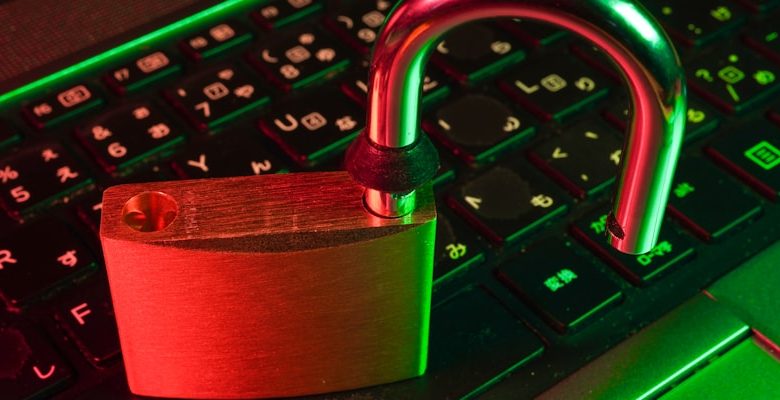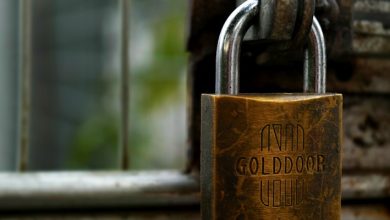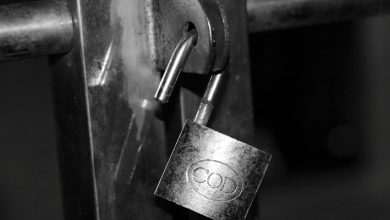How to Recover Your Assets from a Secure Vault After a Breach

- Understanding the risks of a breach in a secure vault
- Steps to take immediately after discovering a breach in your vault
- Working with authorities to investigate the breach and recover your assets
- Utilizing advanced security measures to prevent future breaches
- Rebuilding trust with clients and stakeholders post-breach
- Lessons learned: How to better protect your assets in the future
Understanding the risks of a breach in a secure vault
It is crucial to understand the potential risks associated with a breach in a secure vault. When a breach occurs, there is a high probability that valuable assets stored within the vault could be compromised or stolen. This can result in significant financial losses and potential damage to one’s reputation.
One of the primary risks of a breach in a secure vault is the loss of assets. Once the security of the vault is compromised, unauthorized individuals may gain access to the contents stored within, leading to the loss of valuable items such as cash, jewelry, or important documents. This can have a devastating impact on the owner, both financially and emotionally.
Another risk to consider is the potential for identity theft. In the event of a breach, sensitive information stored within the vault, such as personal identification documents or financial records, could be used by criminals to steal one’s identity. This can result in fraudulent activities being carried out in the individual’s name, causing further harm and damage.
Furthermore, a breach in a secure vault can also lead to a breach in trust. Clients who have entrusted their assets to a secure vault expect that their belongings will be kept safe and secure. If a breach occurs, it can shatter this trust and lead to a loss of confidence in the security measures put in place. Restoring this trust can be a challenging process that requires transparency and accountability.
Steps to take immediately after discovering a breach in your vault
Upon discovering a breach in your vault, it is crucial to take immediate action to secure your assets and minimize any potential losses. Follow these steps to effectively respond to the breach:
- First, assess the extent of the breach and determine what assets have been compromised.
- Next, notify the appropriate authorities, such as law enforcement or your vault security provider.
- Change all access codes and passwords associated with the vault to prevent further unauthorized access.
- Review your security protocols and identify any weaknesses that may have led to the breach.
- Consider implementing additional security measures, such as biometric authentication or enhanced encryption.
By taking swift and decisive action after a breach, you can protect your assets and prevent further unauthorized access to your secure vault.
Working with authorities to investigate the breach and recover your assets
When a breach occurs in a secure vault where your assets are stored, it is crucial to work closely with the authorities to investigate the incident and recover your belongings. The first step in this process is to report the breach to the appropriate authorities, such as law enforcement agencies or regulatory bodies.
Once the breach has been reported, the authorities will conduct a thorough investigation to determine how the breach occurred and who may be responsible for it. During this investigation, it is important to provide any information or evidence that may help in identifying the culprits and recovering your assets.
Working with the authorities can also help in tracking down your assets and ensuring that they are returned to you safely. By cooperating fully with the investigation and following the instructions of the authorities, you can increase the chances of recovering your assets and holding those responsible for the breach accountable.
Utilizing advanced security measures to prevent future breaches
To prevent future breaches and ensure the security of your assets, it is crucial to implement advanced security measures. One effective way to enhance security is by using multi-factor authentication. This adds an extra layer of protection by requiring users to provide multiple forms of verification before accessing the vault. Additionally, regularly updating security protocols and conducting thorough security audits can help identify and address any vulnerabilities before they are exploited.
Another important security measure is encryption. By encrypting your assets, you can protect them from unauthorized access even if a breach occurs. Utilizing strong encryption algorithms and regularly updating encryption keys can further enhance the security of your assets. It is also essential to restrict access to the vault to only authorized personnel and regularly monitor access logs for any suspicious activity.
Furthermore, implementing intrusion detection systems can help detect and respond to potential breaches in real-time. These systems can monitor network traffic, identify potential threats, and automatically take action to mitigate risks. By combining intrusion detection systems with firewalls and antivirus software, you can create a robust security infrastructure that can help prevent future breaches and protect your assets from unauthorized access.
In conclusion, by utilizing advanced security measures such as multi-factor authentication, encryption, intrusion detection systems, and access restrictions, you can significantly reduce the risk of future breaches and protect your assets from unauthorized access. It is essential to stay vigilant, regularly update security protocols, and conduct thorough security audits to ensure the ongoing security of your assets in the vault.
Rebuilding trust with clients and stakeholders post-breach
Rebuilding trust with customers and stakeholders is crucial after experiencing a breach in security. It is essential to communicate openly and transparently about the situation, acknowledging the breach and outlining steps taken to address the issue and prevent future incidents. By being proactive in sharing information and updates, you can demonstrate a commitment to accountability and integrity.
Additionally, offering compensation or incentives to affected clients can help rebuild trust and show that you value their business and loyalty. This can include discounts on future services, free upgrades, or other perks to make amends for any inconvenience caused by the breach.
Engaging with customers and stakeholders through various channels, such as social media, email, and in-person meetings, can also help to rebuild trust and maintain open lines of communication. By actively listening to their concerns and feedback, you can demonstrate that you are committed to addressing their needs and regaining their trust.
Finally, investing in enhanced security measures and regularly updating clients and stakeholders on these efforts can help to reassure them of your commitment to protecting their assets and information. By demonstrating a proactive approach to security, you can rebuild trust and strengthen relationships with clients and stakeholders in the aftermath of a security breach.
Lessons learned: How to better protect your assets in the future
After experiencing a breach in the security of your assets from a secure vault, it is crucial to learn from the incident and take steps to better protect your assets in the future. Here are some valuable lessons to keep in mind:
- Regularly update your security measures to stay ahead of potential threats. This includes implementing strong passwords, encryption, and multi-factor authentication.
- Conduct regular security audits to identify any vulnerabilities in your systems and address them promptly.
- Educate your employees on best practices for security and ensure they are aware of the importance of protecting sensitive information.
- Consider implementing a data loss prevention system to monitor and control the flow of data within your organization.
- Backup your data regularly and store it in a secure location to prevent loss in the event of a breach.
By taking these proactive measures, you can better protect your assets and minimize the risk of a breach in the future. Remember, it is always better to be safe than sorry when it comes to safeguarding your valuable assets.



